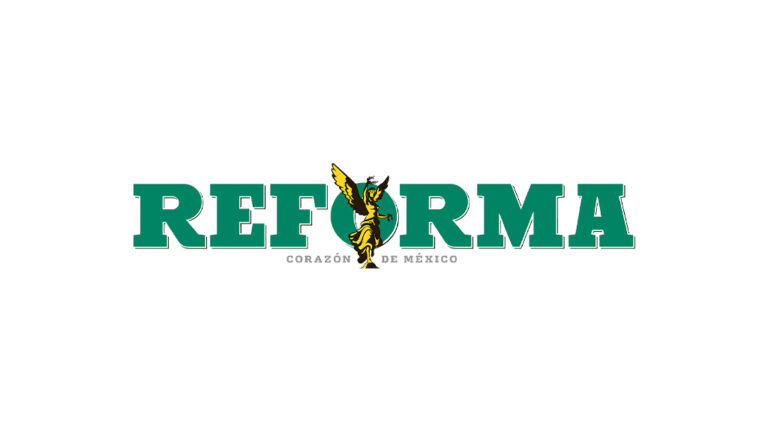Either you innovate or you disappear, is the prophecy that Pablo Pereyra Portugal, director of revenue at 2Innovate, launches to organizations that are not yet flexible or do not know integrators of technologies that connect the different digital channels for users, companies and banks to transact money.
In an interview with Grupo REFORMA, Pereyra Portugal talks about the potential of Frame Banking, a concept proposed by 2Innovate to evolve transactions while, according to a study by Kushki (digital payment trends in Latin America 2023), consumers in Latin America have a multitude of payment methods, from sophisticated e-commerce and contactless transactions, to simple payment links and P2P (peer-to-peer payments) applications.
In this digitalization boom, largely due to the impact of the Covid-19 pandemic, 2Innovate is making its way through the Latin American region. It is a Uruguayan firm founded by Hugo Sacchi in 2016, whose mission is to evolve the payments and transactions industry through a cloud-based software-as-a-service (SaaS) solution.
“Our first international office was Mexico. We have a great bond with Mexico, not only business, but emotionally, in fact I am a Uruguayan nationalized Mexican. In addition, we are in Argentina and the United States and have operations in 12 countries in Latin America,” he said.
Its clients include some big names such as Banco Santander, Ualá, Dale, Western Union, Banco Guayaquil, Banred, Banco Itaú and BancoEstado. Recently, they added the Mexican fintech Techreo, a digital financial services platform that allows you to buy, receive deposits, direct debit payments and that recently added its first 400 thousand users in Mexico and is already making its way in Bolivia.
Frame banking
The cash withdrawal you ask the cashier at Walmart after making a purchase, the money you receive from a remittance at Western Union, the transfer you send to a friend through the BBVA app or the deposit you will make to a bank from an Oxxo, are the examples that Pereyra Portugal brings to the table to understand the new paradigms of money flow.
Behind these operations, which as users seem automatic and trivial to us, there is a lot of technological work and services such as those that 2Innovate deploys behind the scenes. Imagine that moment when a traveler checks in at the airport and entrusts their suitcase to the airline so that it reaches its destination.
The flask enters the counter, passes through the belt and enters a complex system of sorting, security checks and at the end the workers accommodate the luggage inside the plane.
This analogy is close to what 2innovate offers to companies in charge of handling money. They deploy the infrastructure in the cloud and make the connections using software so that the money from point A reaches point B.
This set of technologies is summarized in Frame Banking, an adaptable and scalable transaction engine to give financial companies more options to move their users’ money.
The idea is to unite in one place the channels to enable transfers between retail to banks such as remittances, transfers, payment of services, payment of bills, or from bank to companies such as payroll payment, supplier payment or cash pooling.
“Frame banking helps financial institutions break through the limitations of their legacy systems and operate at the pace of modern transactions across multiple channels,” the company describes the product on its website.
He added that at high-demand events such as the recent Buen Fin, banks and retailers can add more consumers. For example, people who have a digital wallet can make their payment using a QR and complete that purchase without the need for a physical bank card or cash.
Although the use of cash and bank cards predominate as payment options in Mexico, according to data from the National Financial Inclusion Survey (ENIF 2021), Pereyra is confident that Mexico is prepared for updated banking thanks to the robustness and security offered by the Fintech Law.
On the other hand, he looks with optimism at how sectors that were previously relegated to traditional banking have been banked, through the efforts of Oxxo and Banco Azteca.
“We see that Mexico has invested in innovation thanks to the Fintech Law; We celebrate the commitment to innovation and the alignment of different players. I notice a lot of investment in mobile applications, with spectacular success stories such as BBVA, Banco Azteca and Oxxo. Behind those applications are rails that we can connect,” he said.
For companies like 2Innovate to thrive and consequently integrate more people into the digital banking ecosystem, Mexico needs to bet on interoperability.
The aforementioned Kushki study denounces that in the Latin America region there is a concentration of access to payments, so that large and old merchants (supermarkets, department stores, airlines) that have developed decades-long relationships with the bank’s acquirers, have not had access to new technologies that can help them improve their operations.
“New payment methods, digital onboarding, API-based flexibility, recurring payments, one-click payment, payment automation and reconciliation, tokenization, enhanced anti-fraud tools, loyalty programs, and various SaaS offerings are some of the capabilities they lack,” the report reads.
The scope of interoperability, according to Kushki, is to turn payment processing into a public service and payment rails into open highways. It also forces businesses to compete, improve user experience, deliver excellent customer service, build loyalty, and add additional services.
On the other hand, it promotes the development of neobanks and super apps and allows digital service providers to easily incorporate payments into their ecosystems.

